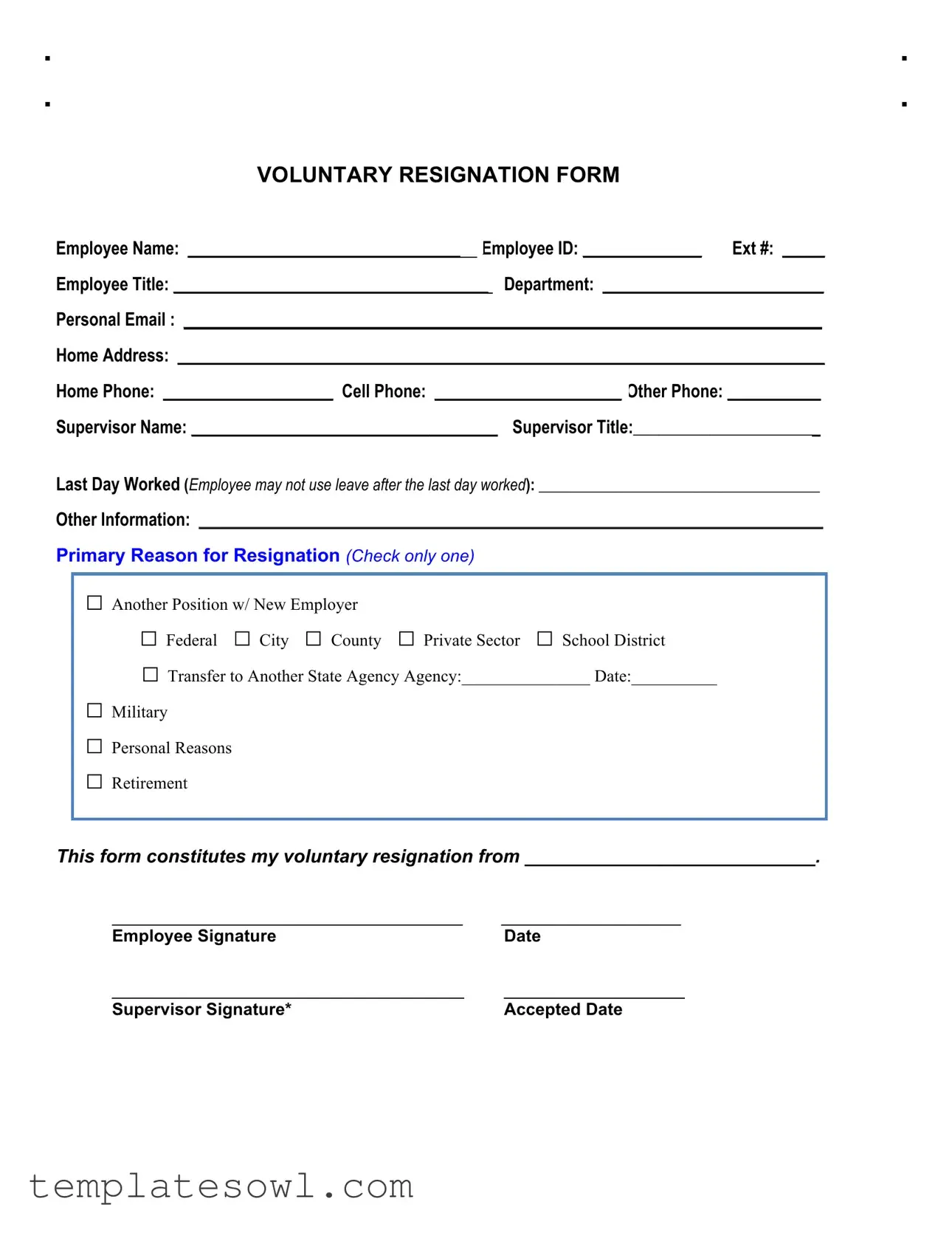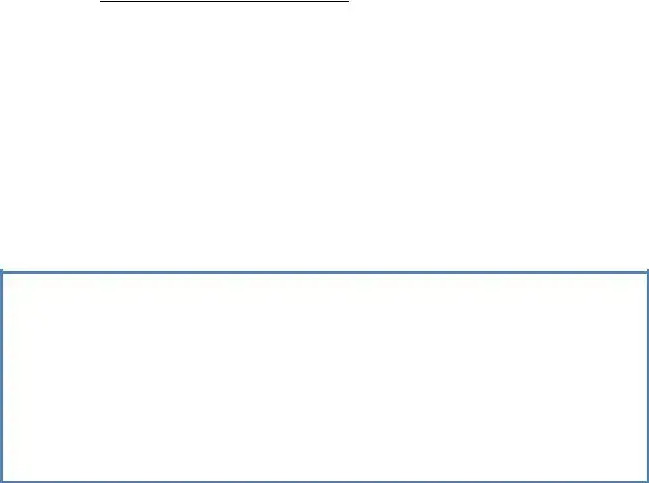What is the purpose of the Voluntary Resignation form?
The Voluntary Resignation form serves as a formal notice from an employee to their employer that they are leaving their job. This written document outlines important details such as the employee's last day of work and the reason for their resignation.
Who needs to fill out the Voluntary Resignation form?
Any employee who has decided to resign from their position must fill out this form. It's essential to provide all requested information accurately to ensure a smooth transition and proper processing of the resignation.
What information is required on the form?
The form requires basic personal information, including the employee's name, ID, title, department, and contact details. It also asks for the supervisor's name, the last day worked, and the primary reason for resignation.
Can an employee change their mind after submitting the form?
Once an employee submits the Voluntary Resignation form, it indicates a formal intent to resign. While employers may consider a request for withdrawal under specific circumstances, it is ultimately up to the employer’s discretion. Employees should communicate their intention as soon as possible if they wish to stay.
What impact does submitting this form have on benefits?
Submitting the form can impact benefits such as health insurance, retirement contributions, and unused leave balances. Employees should review their company’s policies regarding these benefits and discuss their options with Human Resources before resigning.
Is there a deadline for submitting the form?
While specific deadlines can vary by organization, employees typically should submit the form well in advance of their last day of work. A two-week notice is common practice, allowing time for the employer to adjust and find a replacement if necessary.
What should an employee do if they experience issues filling out the form?
If an employee encounters difficulties while completing the Voluntary Resignation form, they should reach out to their supervisor or Human Resources for assistance. Clear communication can help resolve any issues and ensure that all necessary information is correctly provided.
Does the form require a supervisor's signature?
Yes, the form requires a signature from the supervisor, indicating acceptance of the resignation. This helps to formally document the resignation and acknowledges the employee's last day of work.
What happens after the form is submitted?
After submission, the employer typically processes the resignation. This may include updating payroll, finalizing benefits, and preparing any necessary exit paperwork. Employees may be asked to participate in an exit interview to provide feedback on their experience in the organization.

